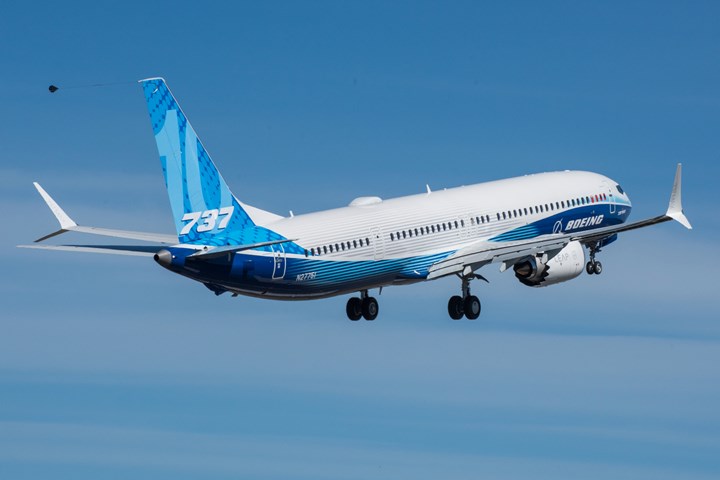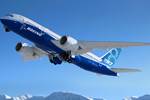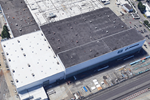Boeing 737-10 completes successful first flight
Per the successful flight, the largest airplane in the 737 MAX family begins comprehensive test program.

Boeing 737-10. Photo Credit: Boeing
On June 18, Boeing’s (Seattle, Wash., U.S.) 737-10, the largest airplane in the 737 MAX family which incorporates composites, completed a successful first flight. The airplane took off from Renton Field in Renton, Wash., at 10:07 a.m. and landed at 12:38 p.m. at Boeing Field in Seattle.
“The airplane performed beautifully,” says 737 Chief Pilot Capt. Jennifer Henderson. “The profile we flew allowed us to test the airplane's systems, flight controls and handling qualities, all of which checked out exactly as we expected.”
This flight was the start of a comprehensive test program for the 737-10. Boeing says it will work closely with regulators to certify the airplane prior to its scheduled entry into service in 2023.
“The 737-10 is an important part of our customers’ fleet plans, giving them more capacity, greater fuel efficiency and the best per-seat economics of any single-aisle airplane,” says Stan Deal, president and CEO of Boeing Commercial Airplanes. “Our team is committed to delivering an airplane with the highest quality and reliability.”
The 737-10 can carry up to 230 passengers. Boeing notes that it also incorporates environmental improvements, cutting carbon emissions by 14% and reducing noise by 50% compared to today’s next-generation 737s.
Related Content
-
Plant tour: Collins Aerospace, Riverside, Calif., U.S. and Almere, Netherlands
Composite Tier 1’s long history, acquisition of stamped parts pioneer Dutch Thermoplastic Components, advances roadmap for growth in thermoplastic composite parts.
-
Automated robotic NDT enhances capabilities for composites
Kineco Kaman Composites India uses a bespoke Fill Accubot ultrasonic testing system to boost inspection efficiency and productivity.
-
Hybrid process marries continuous, discontinuous composites design
9T Labs and Purdue applied Additive Fusion Technology to engineer a performance- and cost-competitive aircraft bin pin bracket made from compression-molded continuous and discontinuous CFRTP.






